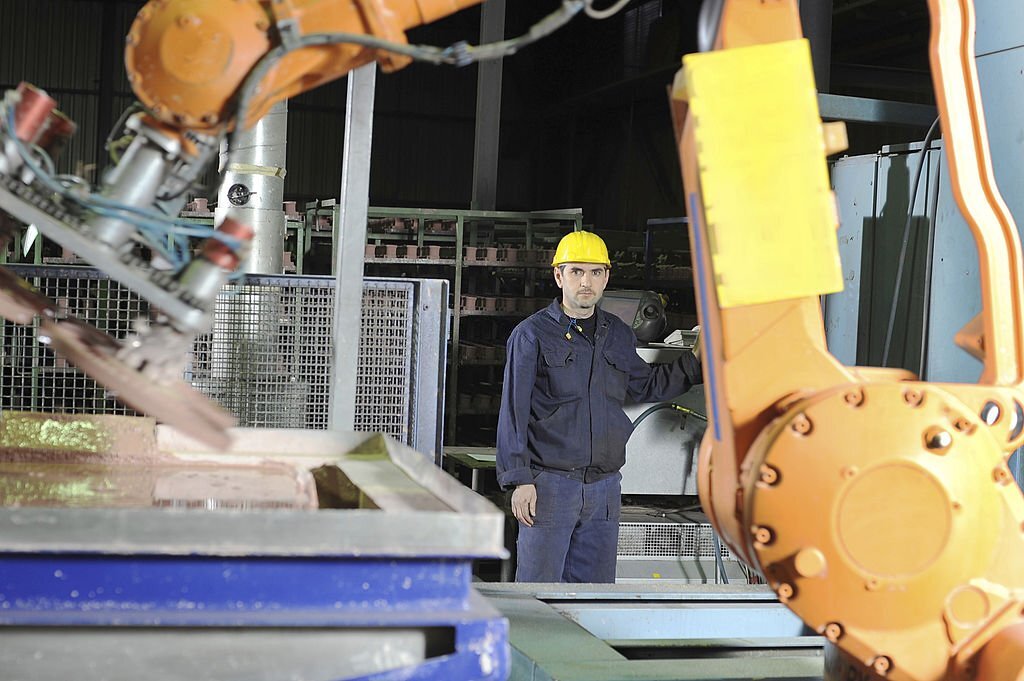
Material handling equipment plays a crucial role in industries by facilitating the movement, storage, control, and protection of materials. To better understand and optimize material handling processes, equipment is often categorized based on its specific functions. This categorization helps in selecting the right equipment for the desired tasks and improving overall operational efficiency.
In this article, we explore how material handling equipment is categorized based on its functions. We delve into various categories, including storage equipment, transport equipment, positioning equipment, and identification and control systems. Understanding these categories and their respective functions provides valuable insights into the roles of different types of equipment in optimizing material handling processes.
1. Storage Equipment
Storage equipment is designed to efficiently store and organize materials within a facility or warehouse. Key types of storage equipment include:
1.1 Shelving Systems consist of shelves or racks used to store materials of various sizes and shapes. They offer easy accessibility, efficient space utilization, and organization of products or components.
1.2 Pallet Racking Systems provide vertical storage for palletized materials. They include selective racks, drive-in racks, and push-back racks, offering efficient use of vertical space and facilitating the handling and storage of goods on pallets.
1.3 Automated Storage and Retrieval Systems (AS/RS) AS/RS utilize automated systems to store and retrieve materials from racks or shelving. These systems improve inventory management, maximize space utilization, and facilitate high-speed retrieval through computer-controlled mechanisms.
2. Transport Equipment
Transport equipment is used to move materials within a facility or between different locations. Key types of transport equipment include:
2.1 Forklifts Forklifts are versatile machines used for lifting, moving, and stacking materials. They come in various configurations, such as counterbalance forklifts, reach trucks, and order pickers, and are widely employed in warehouses and distribution centers.
2.2 Conveyors Conveyors are mechanical systems that transport materials from one location to another. They include belt conveyors, roller conveyors, and screw conveyors, providing continuous material flow, reducing manual handling, and streamlining material movement.
2.3 Automated Guided Vehicles (AGVs) AGVs are autonomous vehicles programmed to transport materials within a facility. They navigate predetermined paths, offering flexibility, efficiency, and safe transportation without the need for manual operation.
3. Positioning Equipment
Positioning equipment is used to precisely position materials or products during material handling operations. Key types of positioning equipment include:
3.1 Cranes Cranes are heavy-duty equipment used for lifting and moving heavy loads. They include overhead cranes, jib cranes, and gantry cranes, enabling precise positioning of materials in construction sites, manufacturing facilities, and shipping ports.
3.2 Lift Tables provide adjustable height platforms used to position materials at the desired working height. They are commonly used in assembly lines, loading docks, and workshops, enhancing ergonomics and facilitating efficient material handling.
3.3 Positioners and Manipulators Positioners and manipulators aid in handling materials by providing rotational or tilting capabilities. They assist in positioning materials for tasks such as assembly, welding, or inspection, enhancing precision and worker safety.
4. Identification and Control Systems.
Identification and control systems help track, monitor, and control the movement and storage of materials within a facility. Key types of identification and control systems include:
4.1 Barcode and RFID Systems Barcode and radio-frequency identification (RFID) systems are used for automatic identification and tracking of materials. They enable real-time visibility, accurate inventory management, and efficient tracking of material flow.
4.2 Warehouse Management Systems (WMS) WMS are software-based systems that manage and control the operations within a warehouse or distribution center. They provide functionalities such as inventory tracking, order management, and optimization of material flow.
4.3 Control Panels and Human-Machine Interfaces (HMIs) Control panels and HMIs enable operators to control and monitor material handling equipment and processes. They provide interfaces for managing tasks, settings, and system parameters, enhancing control and efficiency.
Conclusion :
Categorizing material handling equipment based on its functions provides a valuable framework for understanding the roles and capabilities of different equipment types. Storage equipment, transport equipment, positioning equipment, and identification and control systems all contribute to optimizing material handling processes in industries.
Storage equipment enables efficient organization and storage of materials, while transport equipment facilitates the movement of materials within a facility. Positioning equipment ensures precise positioning of materials during handling operations, and identification and control systems track, monitor, and control the flow of materials.
By categorizing material handling equipment based on its functions, industries can select the right equipment for specific tasks, improve operational efficiency, and enhance overall productivity. Each category plays a crucial role in optimizing material handling processes, contributing to streamlined operations, improved inventory management, and efficient utilization of resources.

